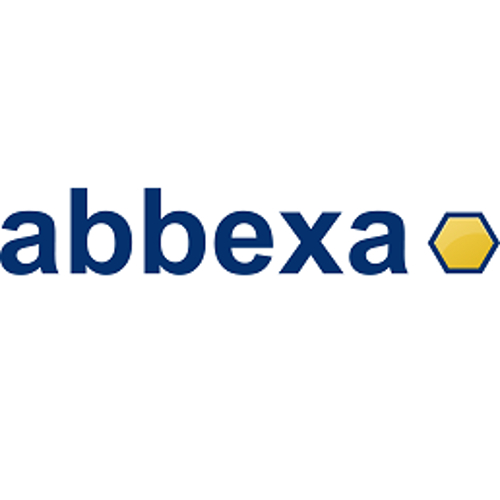CDH10 Polyclonal / Unconjugated /
Product Details
| Description | CDH10 Antibody is a Rabbit Polyclonal against CDH10. | |
|---|---|---|
| Conjugate | Unconjugated | |
| Clone | ||
| Target Species | Human | |
| Applications | WB | |
| Supplier | Abbexa | |
| Catalog # | Sign in to view product details, citations, and spectra | |
| Size | ||
| Price | ||
| Antigen | ||
| Host | ||
| Isotype |
About CDH10
This gene encodes a type II classical cadherin of the cadherin superfamily. Alternative splicing of this gene results in multiple transcript variants. At least one of these variants encodes a preproprotein that is proteolytically processed to generate the mature cadherin protein. These integral membrane proteins mediate calcium-dependent cell-cell adhesion and are composed of a large N-terminal extracellular domain, a single membrane-spanning domain, and a small, highly conserved C-terminal cytoplasmic domain. The extracellular domain consists of 5 subdomains, each containing a cadherin motif, and appears to determine the specificity of the protein's homophilic cell adhesion activity. Type II (atypical) cadherins are defined based on their lack of a histidine-alanine-valine (HAV) cell adhesion recognition sequence specific to type I cadherins. This particular cadherin is predominantly expressed in brain and is putatively involved in synaptic adhesions, axon outgrowth and guidance. Mutations in this gene may be associated with lung squamous cell carcinoma and colorectal cancer in human patients. [provided by RefSeq, Nov 2015]
This gene encodes a type II classical cadherin of the cadherin superfamily. Alternative splicing of this gene results in multiple transcript variants. At least one of these variants encodes a preproprotein that is proteolytically processed to generate the mature cadherin protein. These integral membrane proteins mediate calcium-dependent cell-cell adhesion and are composed of a large N-terminal extracellular domain, a single membrane-spanning domain, and a small, highly conserved C-terminal cytoplasmic domain. The extracellular domain consists of 5 subdomains, each containing a cadherin motif, and appears to determine the specificity of the protein's homophilic cell adhesion activity. Type II (atypical) cadherins are defined based on their lack of a histidine-alanine-valine (HAV) cell adhesion recognition sequence specific to type I cadherins. This particular cadherin is predominantly expressed in brain and is putatively involved in synaptic adhesions, axon outgrowth and guidance. Mutations in this gene may be associated with lung squamous cell carcinoma and colorectal cancer in human patients. [provided by RefSeq, Nov 2015]
Experiment Design Tools
Panel Builders
Looking to design a Microscopy or Flow Cytometry experiment?
Validation References
Reviews & Ratings
| Reviews |
|---|
Looking for more options?
73 CDH10 antibodies from over 11 suppliers available with over 12 conjugates.





